 Attractively designed in a rounded sleek metal jacket and sporting a funky blue capacity gauge, Western Digital’s MyBook range of external hard drives are aimed at consumers looking for a stylish solution to their storage problems.
Attractively designed in a rounded sleek metal jacket and sporting a funky blue capacity gauge, Western Digital’s MyBook range of external hard drives are aimed at consumers looking for a stylish solution to their storage problems.
The drives can be used horizontally or vertically and come in two sizes – 250GB or 500GB, – and three ‘editions’ offering extra features.
We reviewed the 500GB My Book Pro Edition which offers three ways of hooking up the drive to your PC; FireWire 800, FireWire 400, and USB 2.0.
All leads were provided in the box, and we tested both the FireWire 400, and USB 2.0 interfaces with no problem.
Also bundled in the package is the handy EMC Retrospect Express backup and recovery software, with the drive coming with a 3-year limited warranty.
 Setting up the drive was a cinch: we simply plugged the drive into a USB port our Windows XP machine, and the drive utilities were automatically installed.
Setting up the drive was a cinch: we simply plugged the drive into a USB port our Windows XP machine, and the drive utilities were automatically installed.
With the drivers installed, we were able to switch to our preferred FireWire 400 connection and the drive was ready for use.
Blue light fever
As the name suggests, the drive is hardback-sized, and could sit happily on a bookshelf although the glowing blue capacity gauge on the front might look a tad odd amongst the Mills & Boon.
 We loved the glowing gauge though: it fades in and out when the drive is turned on and off and does a nice little shimmy when in use.
We loved the glowing gauge though: it fades in and out when the drive is turned on and off and does a nice little shimmy when in use.
The outer ring displays the power/activity functions, while the inner ring is split into six sections which illuminate as the space is progressively used up. It’s a nice touch.
Lurking inside the 500GB drive is a 7,200rpm drive with a 16MB cache and a quoted seek time of 8.9ms, and we found it very fast in use and had no problems running video files straight off the disk.
Right now we can’t imagine filling up that 500GB in a hurry, but for drive space demons, Western Digital has recently announced the My Book Pro Edition II, which crams in two 500GB drives in an extended case to give you a massive whopping 1TB of storage – enough for about a zillion photographs (all right, up to 284,000 photos according to Western Digital’s figures).
 Although the drive is quiet in use, you can certainly feel it vibrating if you’ve got it on the same surface as your machine, so we recommend lobbing it up on to a shelf.
Although the drive is quiet in use, you can certainly feel it vibrating if you’ve got it on the same surface as your machine, so we recommend lobbing it up on to a shelf.
Conclusion
We loved the My Book so much we went out and bought the thing – so now we won’t have any excuses to not back up our data.
It’s a shame that there’s no networking option, but with an online price hovering around the £180, the My Book drive still represents remarkable value for money.
With a choice of three interfaces, we should have no problem using the drive with a variety of desktop PCs and laptops, and unlike many other external hard drives, this one actually looks nice too.
 Our verdict
Our verdict
Features: 75%
Ease of Use: 85%
Build Quality: 90%
Overall: 87%
Specs
Performance Specifications
Rotational Speed 7,200 RPM (nominal)
Average Latency 4.20 ms (nominal)
Seek Times
Read Seek Time 8.9 ms
Track-To-Track Seek Time 2.0 ms (average)
Serial Transfer Rate
FireWire 800
Serial Bus Transfer Rate (1394b) 800 Mbits/s (Max)
FireWire 400
Serial Bus Transfer Rate (1394a) 400 Mbits/s (Max)
USB 2.0
Serial Bus Transfer Rate (USB 2.0) 480 Mbits/s (Max)
Physical Specifications
Formatted Capacity 500,107 MB
Capacity 500 GB
Interface Triple Interface
Physical Dimensions
Height 6.780 Inches (Max)- 172.2 mm (Max)
Length 5.630 Inches (Max) – 143 mm (Max)
Width 2.23 Inches – 56.7 mm
Weight 2.60 Pounds – 1.2 kg
Electrical Specifications
Current Requirements
Power Dissipation
AC Input Voltage 100-240 VAC
AC Input Frequency 47-63 Hz
My Book Pro Edition
 With Simon and Garfunkel’s ‘Slip Sliding Away’ surely on perpetual loop in the factory, LG have released yet another natty phone that’s big on that super-slidey thang, the 3G LG-SH110.
With Simon and Garfunkel’s ‘Slip Sliding Away’ surely on perpetual loop in the factory, LG have released yet another natty phone that’s big on that super-slidey thang, the 3G LG-SH110. Rustling though the minimal specs offered thus far, we can tell you that Messrs LG have wedged in a 2.0-megapixel camera coupled with a secondary VGA camera for video calling, with the screen able to show your own face and the caller recoiling in horror at your gurning mug.
Rustling though the minimal specs offered thus far, we can tell you that Messrs LG have wedged in a 2.0-megapixel camera coupled with a secondary VGA camera for video calling, with the screen able to show your own face and the caller recoiling in horror at your gurning mug.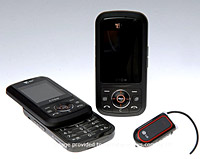 HSDPA connectivity offers super nippy 1.8Mbps connectivity with visio-conference functionality hoping to tempt business bods.
HSDPA connectivity offers super nippy 1.8Mbps connectivity with visio-conference functionality hoping to tempt business bods.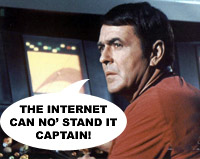 Although the home entertainment industry is more loved up than the Happy Mondays on a bagful of E about Video-on-Demand, a new report suggests there might be a bumpy ride ahead.
Although the home entertainment industry is more loved up than the Happy Mondays on a bagful of E about Video-on-Demand, a new report suggests there might be a bumpy ride ahead. The company estimates that the UK market is set to be worth £2.6 million in 2007 (£400,000 up from last year), soaring up to £8.4 million in 2008, and hitting a badger’s nadger under £30 million by 2009.
The company estimates that the UK market is set to be worth £2.6 million in 2007 (£400,000 up from last year), soaring up to £8.4 million in 2008, and hitting a badger’s nadger under £30 million by 2009.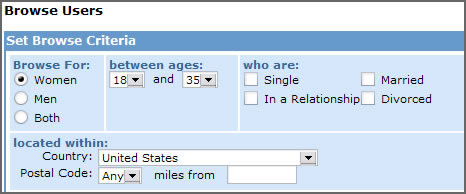
 Not the first claim
Not the first claim
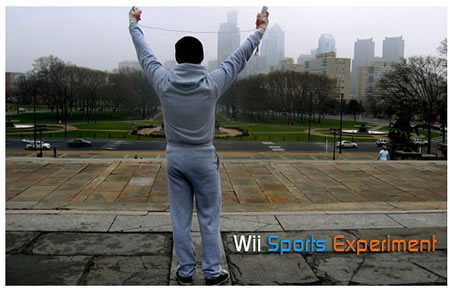
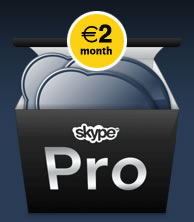 As is their want, it will be brought to in Europe, then rest of world during 2007.
As is their want, it will be brought to in Europe, then rest of world during 2007. After the first five seconds of a SkypeOut call, the connection fee will apply.
After the first five seconds of a SkypeOut call, the connection fee will apply.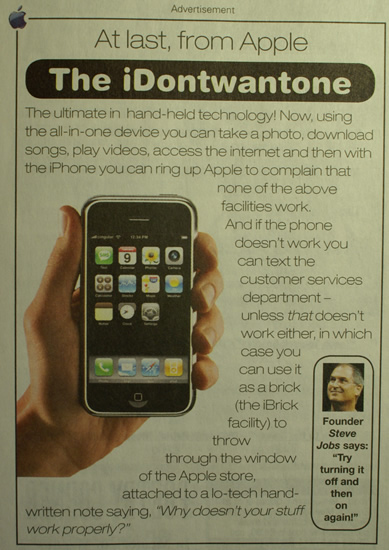
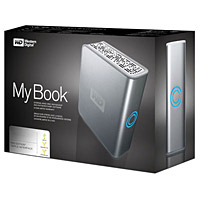 Attractively designed in a rounded sleek metal jacket and sporting a funky blue capacity gauge, Western Digital’s MyBook range of external hard drives are aimed at consumers looking for a stylish solution to their storage problems.
Attractively designed in a rounded sleek metal jacket and sporting a funky blue capacity gauge, Western Digital’s MyBook range of external hard drives are aimed at consumers looking for a stylish solution to their storage problems.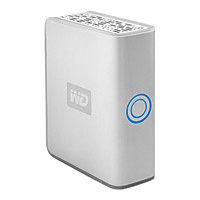 Setting up the drive was a cinch: we simply plugged the drive into a USB port our Windows XP machine, and the drive utilities were automatically installed.
Setting up the drive was a cinch: we simply plugged the drive into a USB port our Windows XP machine, and the drive utilities were automatically installed.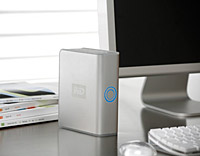 We loved the glowing gauge though: it fades in and out when the drive is turned on and off and does a nice little shimmy when in use.
We loved the glowing gauge though: it fades in and out when the drive is turned on and off and does a nice little shimmy when in use. Although the drive is quiet in use, you can certainly feel it vibrating if you’ve got it on the same surface as your machine, so we recommend lobbing it up on to a shelf.
Although the drive is quiet in use, you can certainly feel it vibrating if you’ve got it on the same surface as your machine, so we recommend lobbing it up on to a shelf.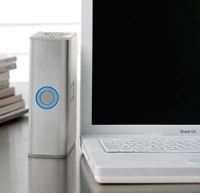 Our verdict
Our verdict Pretty severe for securing “access at about 02:00 on May 13 last year to a wireless router belonging to a person identified as Amos Leong “for the purpose of obtaining computer service” and specifically for Internet access.”
Pretty severe for securing “access at about 02:00 on May 13 last year to a wireless router belonging to a person identified as Amos Leong “for the purpose of obtaining computer service” and specifically for Internet access.”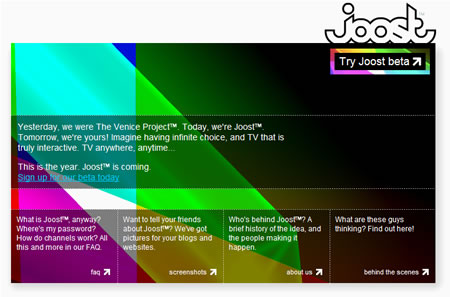
 We whacked it on an older (1.5GHz) machine and found that it really didn’t have the horsepower to run it properly. It’s a pretty greedy little number, even running out of steam on a 2.5GHz. The buzz around us beta testers is that currently, it _loves_ taking power/resources.
We whacked it on an older (1.5GHz) machine and found that it really didn’t have the horsepower to run it properly. It’s a pretty greedy little number, even running out of steam on a 2.5GHz. The buzz around us beta testers is that currently, it _loves_ taking power/resources. The Nintendo DS has emerged as the top selling gaming device in both the US and the UK during 2006.
The Nintendo DS has emerged as the top selling gaming device in both the US and the UK during 2006.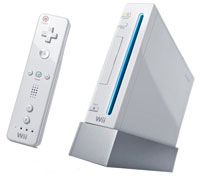 Americans certainly went waheey for the Wii, with 604,200 consoles shifted in December, backed up by brisk business for extra games.
Americans certainly went waheey for the Wii, with 604,200 consoles shifted in December, backed up by brisk business for extra games.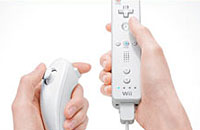 Despite the bumper sales, Wii’s still remain as rare as a Cardiff City away win, with Nintendo Europe MD Laurent Fischer admitting that the company is still “facing stock shortages.”
Despite the bumper sales, Wii’s still remain as rare as a Cardiff City away win, with Nintendo Europe MD Laurent Fischer admitting that the company is still “facing stock shortages.”